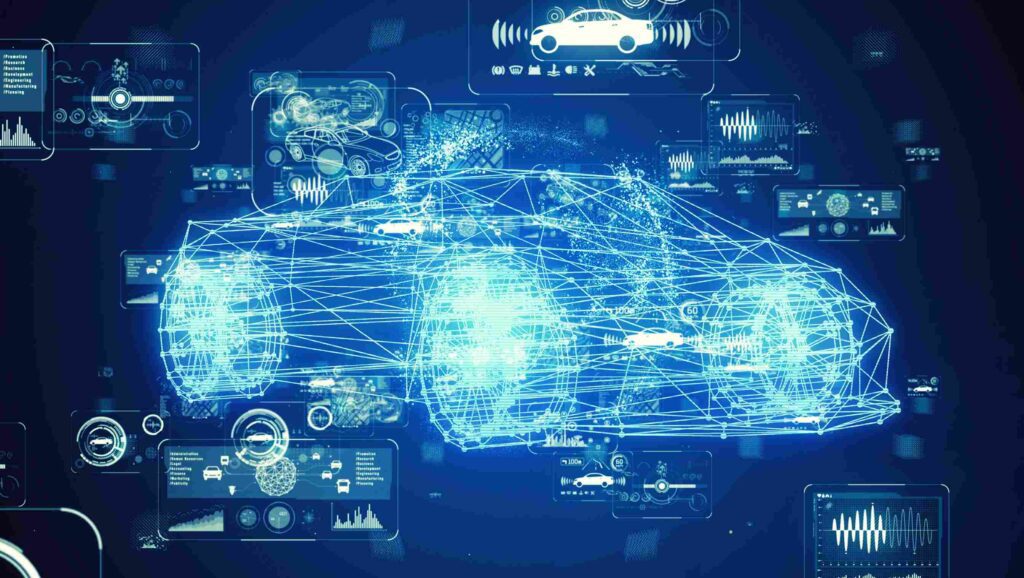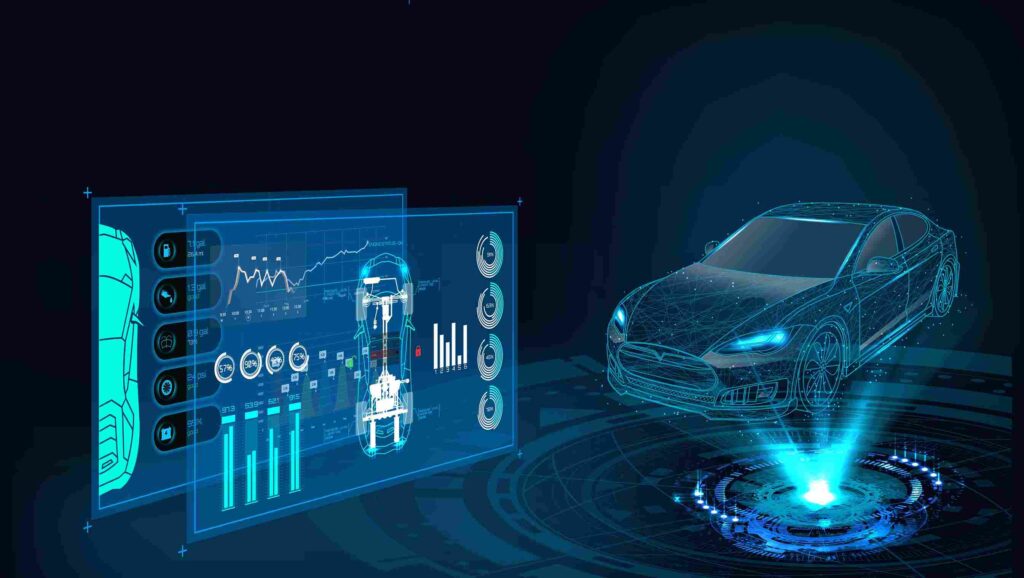
The smartification pandemic has massively hit vehicle software intelligence in automotive industry. All areas from car manufacturing to the tiniest component of the resulting vehicle have witnessed an overhaul that rely on artificial intelligence (AI)-based operational optimization. Power delivery, predictive component performance, assistant/autonomous driving are just a few instances exemplifying the radical change in progress.
Consumer purchasing mentality has been shifted from focusing on sheer power and fuel efficiency to the availability of infotainment, assistive driving and other advanced technological perks. The Tesla model has been a successful model as it targeted the taste buds of each consumer: electrical power delivery, impressive performance figures, large screen with infotainment and autonomous/assisting driving, among others. All credits to Elon Musk, the Tesla model just shaved decades off the path to reaching true self driving cars.
Without the increased intelligence of the software subsystem, none of this would have happened. Perhaps the perfect marriage between improved software solutions and potent hardware is a gives a better understanding of the phenomena disrupting the automotive industry.
Figures Don’t Lie: The Priority is Now to Software and AI
If the reality is not enough to highlight the increased place of software in vehicular technology, studies have been developed to confirm this observation. While Deloitte predicts that the automotive AI market will reach a staggering USD 27 billion in 2025, further predictions by FutureBridge Analysis and Insights outline that the value created by software and content will constitute a total of 60 percent in 2030 compared to around 10 percent in 2019. The penetration rate of AI in the automotive industry will exceed 95 percent in 2030 compared to around 30 percent presently. The autonomous driving market, a pillar application of AI-software solution is expected to grow by a compound annual growth rate (CAGR) of around 10 percent by 2030 to become the leading shareholder in the automotive market.
Applications and Benefits of AI in the Automotive Industry
The effect of AI-based learning has affected each and every aspect in the automotive change including vehicle design, manufacturing, supply chain, quality control, and most importantly driver experience.
Design
The learning capability of AI algorithms can enable a full design and testing of a vehicle, even before a prototype is actually constructed. Akin to advanced simulators in Formula 1, the developed model can be fully understood including the driver experience, engine performance, brake performance, among others. Seeing before producing saves a lot of costs in manufacturing and quality control as most scenarios can be properly simulated.
Manufacturing
The already automated manufacturing process can be further refined when incorporating AI. AI-powered robots can be used to intelligently transport and integrate materials and components. BMW has in particular been at the forefront in developing logistics robots to streamline its operations.
Quality Control
The biggest stories in the automotive industry are when thousands of vehicles are being recalled because of defective components such as airbag systems and gas pedals. AI can help improving the quality control mechanism by detecting defects more accurately using collected data from different sources such as camera images and various sensor outputs. Audi for instance has developed a AI-based approach to detect cracks in metal sheets.
Preventive maintenance is another area where a driver is alerted that a component needs to be changed soon before it actually breaks down. These include brake calipers, batteries, airbags, etc.
Supply Chain
The production of vehicles usually relies on a large number of orders to acquire all the required components which are not produced in-house. AI can assist in supply chain analytics that will allow the identification of possible disruptions and shortages, and plan ahead accordingly.
Driver Experience
Most AI-based applications in the automotive industry are related improving driver experience and safety. Blind spot monitoring, lane assistance, pedestrian detection, automated deceleration mechanisms, auto-parking options, automated seat and headrest adjustments, advanced drowsiness detection systems, noise detection and suppression and advanced navigation, are just few among hundreds of AI uses in the automotive industry. Experience has become the most selling feature in car as safe and comfortable commuting has become a priority.
Future of AI in the Automotive Industry: Towards Self-Driving Cars?
The future of the automotive industry is conditioned by advances in sensor technologies, communication standards beyond 5G, computational resources and on top of all that, AI algorithms. The path towards fully autonomous cars has been going through large steps mainly with companies such as Tesla.

The ultimate model is usually referred to as ACES or autonomous connected electric shared vehicles. Connected vehicles relates to the development of networking paradigms governing the secure exchange of information among vehicles. Electrification has been boosted through advances in battery and supercapacitor designs. Finally, shared rides are models à la UBER. The ACES model would work only if data is properly processed, relying heavily on the underlying intelligent software with the appropriate learning using AI.
Hyper-automation using AI is another key component of tomorrow’s cars offering customized driver-based services in one ecosystem that include car-related information and metrics, health-related data including real time monitoring of the driver/passenger on the road, modular lighting and infotainment system. In nutshell, data collected from sensor sparsely placed in the vehicle, on the passenger as well as data incoming from neighboring cars and vehicular infrastructure will be jointly processed with the outcome defining the best user experience that can be provided to the clients. This increased AI-based automation will undoubtedly lead to self-driving cars.
Summary
AI and advanced software systems have modified the automotive industry for good. The coveted powerful fuel-hungry cars have metamorphosed into streamlined high-tech machinery controlled by vehicular software intelligence that apply AI algorithms to analyze large amounts of data in real-time to provide drivers with the best experience. But not just that. Automotive artificial intelligence has touched every aspect of chain from design, through manufacturing, to mass production and quality control.
Self-driving cars have truly become a close reality. Less adrenaline rushes probably, but certainly a much better holistic experience. There is however one caveat. Drivers and passengers in future intelligent vehicles are at the mercy of the accuracy of employed AI algorithms. As long as the accuracy is not 100 percent, and this will mostly never happen, errors and accidents would still occur.
“Inside Telecom provides you with an extensive list of content covering all aspects of the tech industry. Keep an eye on our Technology and AI space to stay informed and up-to-date with our daily articles.“